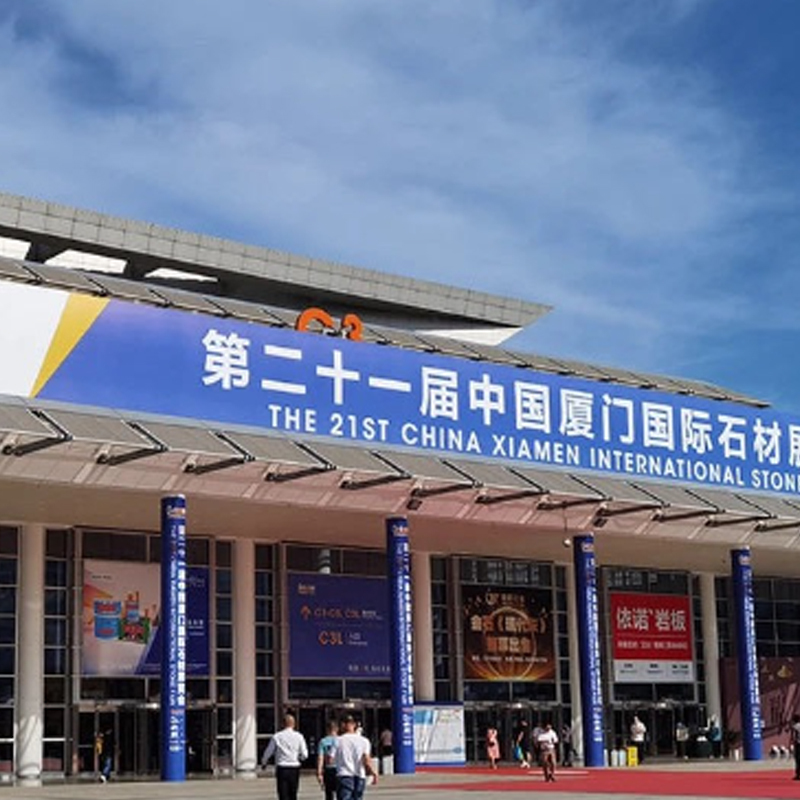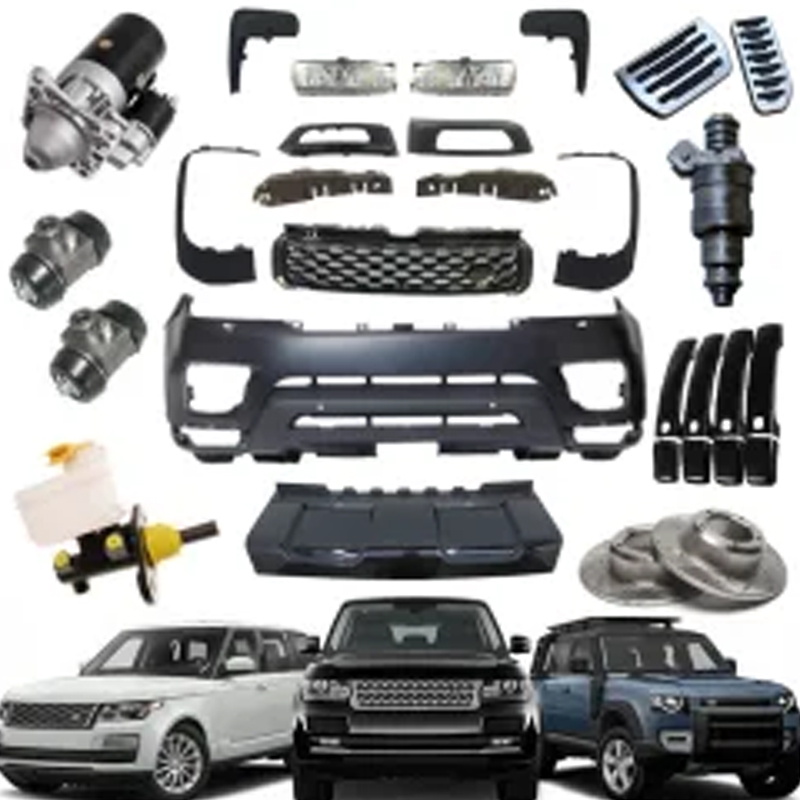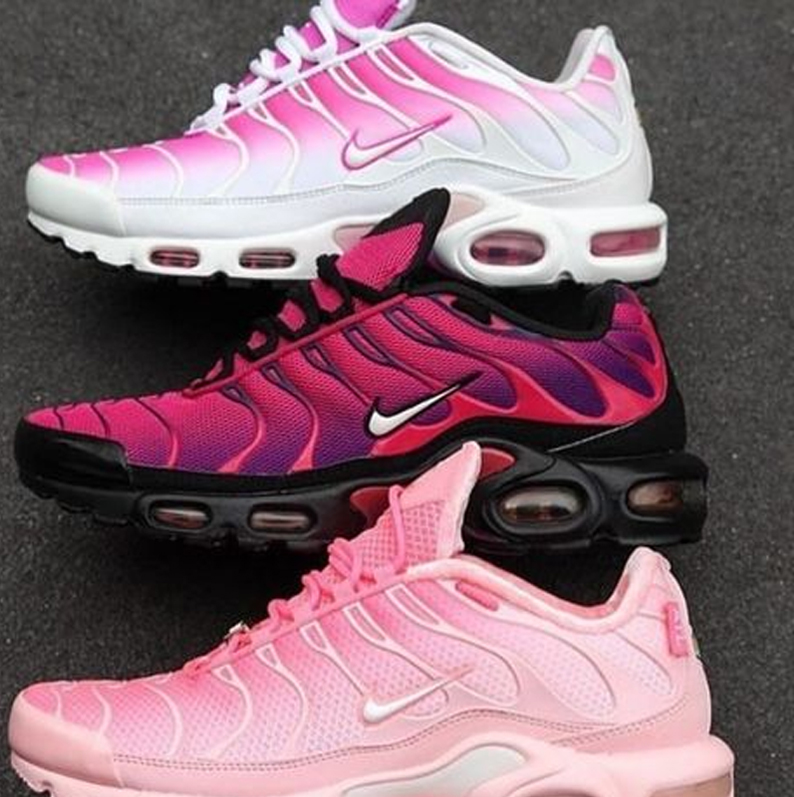Ever wondered how global brands produce top-notch products at competitive prices? The answer lies in understanding OEM meaning and its crucial role in the China export industry. This comprehensive guide will demystify the world of Original Equipment Manufacturing (OEM) and show you why it’s a game-changer for businesses worldwide.
Key Takeaways: Mastering OEM in the China Export Industry
To sum up, understanding OEM meaning is crucial for success in the China export industry. It offers cost-effective manufacturing, allows focus on core competencies, and provides access to advanced technology. China’s dominance in OEM services stems from its robust infrastructure and skilled workforce. Whether you’re considering smartphone components or automotive parts, the OEM business model can be a game-changer for your company. Remember, quality control and clear contracts are key to successful OEM partnerships. By mastering these aspects, you can leverage OEM to boost your competitive edge in the global market.
What is OEM? Decoding the Acronym
OEM stands for Original Equipment Manufacturer. But what does that really mean? In simple terms, it’s when one company makes parts or products for another company to sell under their own brand name. Think of it as a behind-the-scenes hero in the world of manufacturing.
Why is this important? OEM allows companies to focus on what they do best – designing, marketing, and selling products – while leaving the nitty-gritty of production to specialized manufacturers. This division of labor can lead to higher quality products at lower costs.
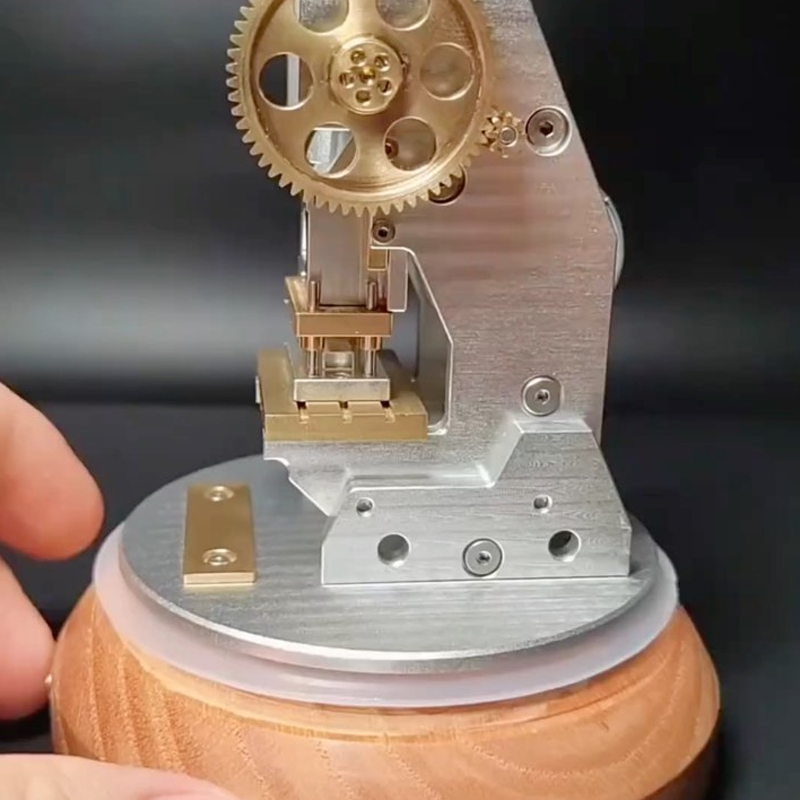
OEM vs ODM: What’s the Difference?
While OEM and ODM (Original Design Manufacturer) might sound similar, they’re quite different. OEM follows the client’s specifications to produce a product, while ODM designs and manufactures products that brands can tweak and sell as their own.
Understanding this difference is crucial for businesses looking to enter the China export market. It can help you decide which model best suits your needs and capabilities.
Why Choose OEM? The Advantages Explained
OEM offers several benefits, including:
- Cost-effective manufacturing: Leveraging economies of scale and specialized expertise
- Focus on core competencies: Allowing brands to concentrate on design and marketing
- Access to advanced technology: Benefiting from OEM’s investments in state-of-the-art equipment
These advantages make OEM an attractive option for businesses looking to optimize their supply chain management and boost their competitive edge.
How Does OEM Work in Manufacturing?
The OEM production process typically involves the following steps:
- Client provides product specifications
- OEM develops prototypes
- Approval and refinement of designs
- Mass production
- Quality control and testing
- Packaging and shipping
This streamlined process allows for efficient global sourcing and helps maintain consistent product quality across large production runs.
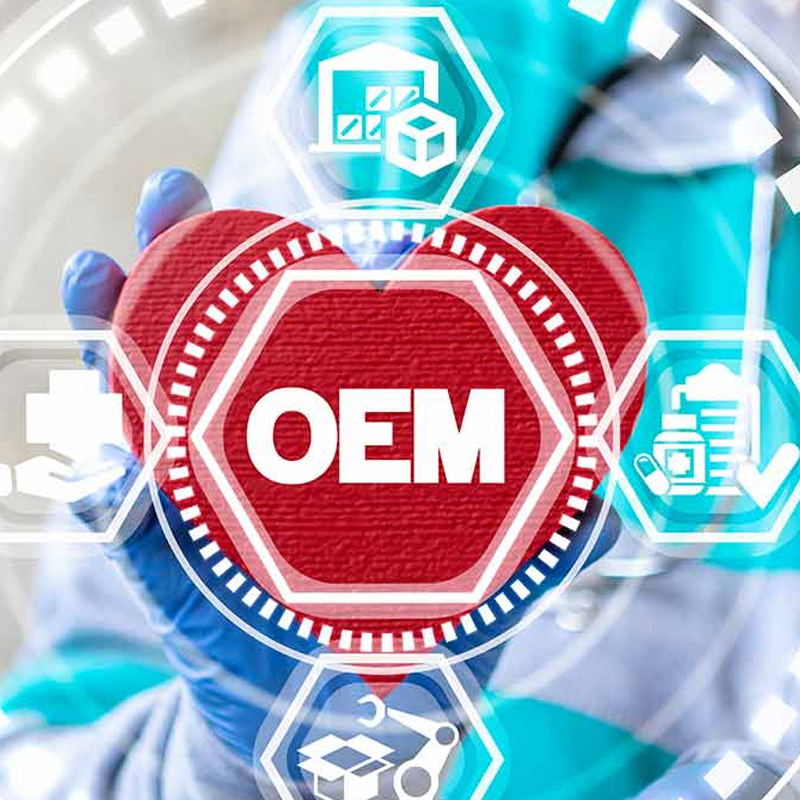
China OEM Services: Why the Middle Kingdom Dominates
China has become the world’s factory for good reasons. Its OEM services offer:
- Unparalleled manufacturing infrastructure
- Skilled workforce
- Cost-effective production
- Robust supply chains
These factors make China an ideal destination for OEM partnerships, especially for companies looking to scale their production rapidly.
What Are Some Common OEM Product Examples?
OEM products are all around us. Some popular examples include:
- Smartphone components
- Automotive parts
- Computer hardware
- Home appliances
These products showcase the versatility of OEM manufacturing and its impact on our daily lives.
How Does the OEM Business Model Work?
The OEM business model revolves around contract manufacturing. It involves:
- Clear communication of product specifications
- Agreed-upon quality standards
- Intellectual property rights protection
- Pricing negotiations
This model allows for OEM customization while ensuring all parties’ interests are protected.
OEM Quality Control: Ensuring Excellence
Quality control is paramount in OEM manufacturing. It typically involves:
- Rigorous testing procedures
- Adherence to international standards
- Regular audits and inspections
These measures ensure that OEM products meet or exceed the specifications set by the client, maintaining brand reputation and customer satisfaction.
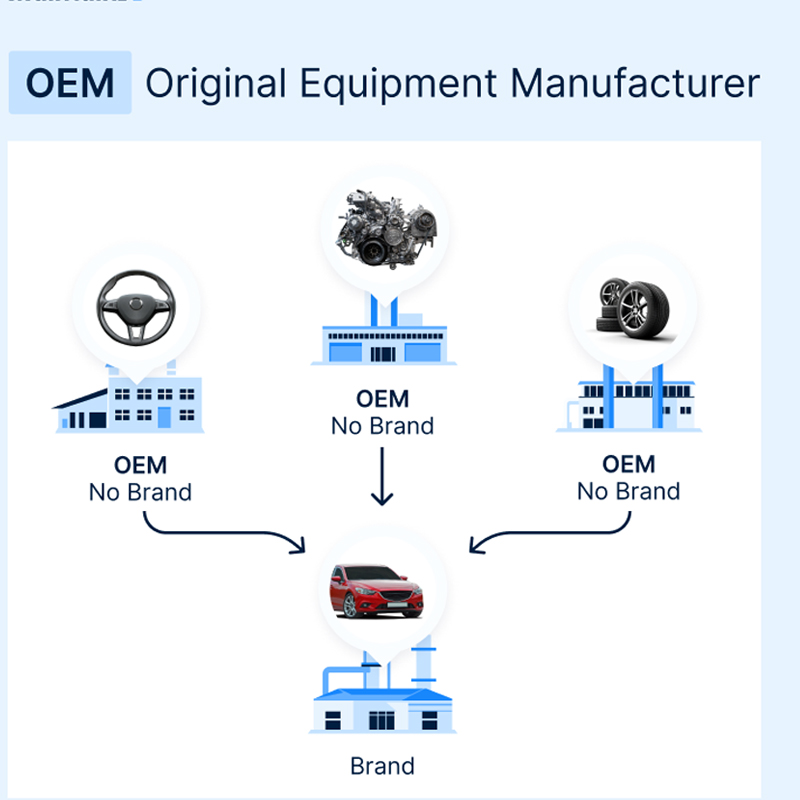
What Are Effective OEM Pricing Strategies?
OEM pricing strategies often include:
- Volume-based discounts
- Long-term contract pricing
- Cost-plus pricing models
These strategies help balance profitability for the OEM while offering competitive prices to clients, fostering long-term partnerships.
OEM Contract Manufacturing: What You Need to Know
OEM contract manufacturing involves legal agreements that cover:
- Production specifications
- Delivery timelines
- Quality standards
- Intellectual property protection
Understanding these contracts is crucial for successful OEM relationships and protecting your business interests.










